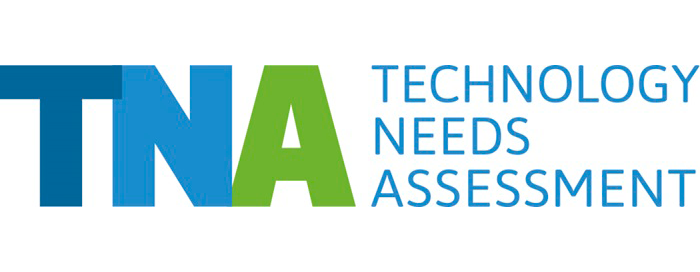Morocco finished its first TNA in 2012, which identified priority technologies aimed at achieving over 50% of installed electricity capacity from renewable sources by 2025. The initial TNA focused on areas such as energy-efficient technologies in social housing, concentrated photovoltaics, and molten salt cooling for solar power plants.
Morocco is currently updating its TNA to identify new technologies and low-carbon pathways that support its ambitious revised NDC targets, which aim for a conditional emissions reduction of 45.5% by 2030.
Based on the outcomes of the first TNA project, a Nationally Appropriate Mitigation Action document on photovoltaic technology was developed. The purpose was to encourage implementation of the national solar pumping programme while also expanding its scope. In 2025, the country joined the TNA V, updating the first TNA and strengthening climate action.
Morocco is strongly reliant on agriculture, fishery and tourism, all sectors that are highly impacted by climate change, with ramifications such as drought, increases in average temperatures, heatwaves, changing rainfall patterns, extreme rainfall, floods and rises in sea levels.
In response to these climatic challenges, Morocco submitted its revised NDC in 2021. The country has also committed to an unconditional emissions reduction target of 18.3% and a conditional target of 45.5% by 2030 as compared to a 2010 baseline.
For mitigation, Morocco has focused on energy-efficient technologies in social housing, molten salt cooling for solar power plants, concentrated photovoltaics, and tidal energy technology for electricity generation. These efforts contribute to several Sustainable Development Goals.
In its updated NDC, Morocco outlined a commitment to renewable energy and energy-efficient technologies, emphasizing the rational management of energy in public buildings, increasing the share of eco-friendly vehicles by 30%, and promoting waste sorting at the source. The country is currently in the process of reviewing and updating its initial TNA, identifying possible technologies and low-carbon pathways that can support Morocco in achieving its development and climate goals.
Morocco’s TNA contributes to the following Sustainable Development Goals:






